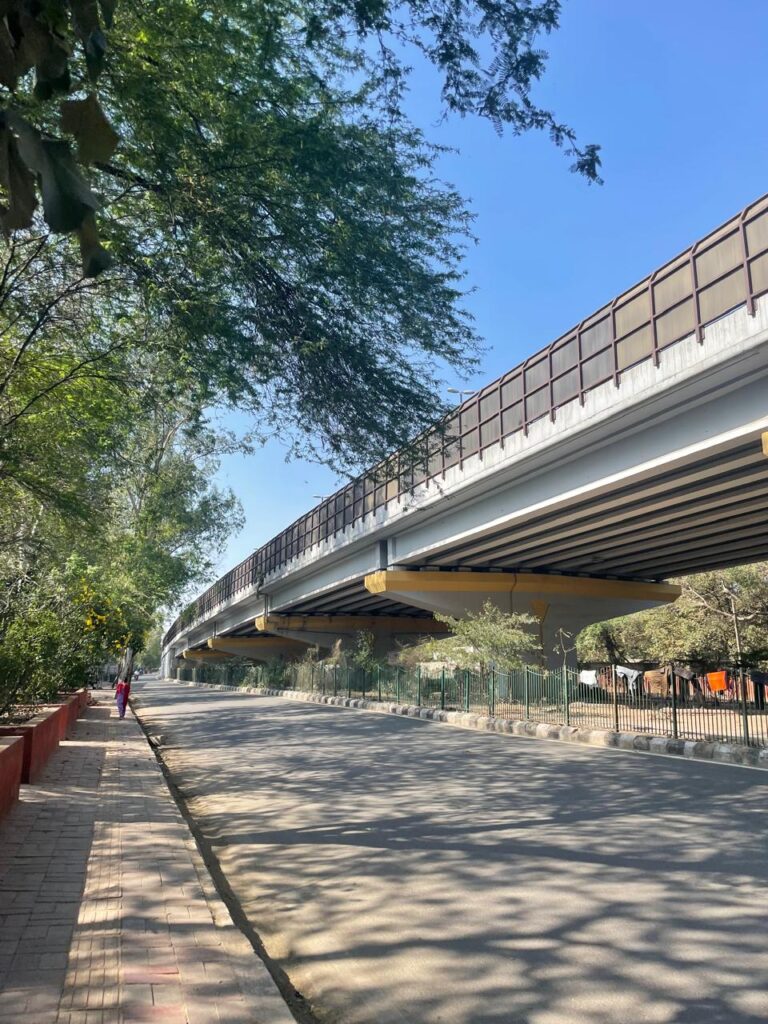City Know-hows

Emergencies can become transformative experiences for cities: an opportunity to rethink, replan and rebuild, and to push for changes that can make them more healthy, sustainable, equitable and resilient. We interviewed 12 cities on their practical experiences with local emergencies and disasters, identifying common challenges and lessons learned for the future.
Share
Target audience
Local authorities/officers and urban planners
The problem
Cities faced with recent emergencies have much to share about both the challenges experienced during the emergency response, and relevant key factors for local recovery. What are they doing (or planning to do) differently to become more resilient, and at the same time healthier and more sustainable? We need more mechanisms for cities to learn from each other. Consolidating and sharing this knowledge is a way for other cities to capitalize on the lessons learnt thus far.
What we did and why
We conducted interviews with local government representatives in 12 European cities on their practical experiences with local emergencies and disasters. Through a thematic analysis, specific plans and actions are compiled under 5 main topics. Lessons learned are then applied to three well-known healthy urban planning principles: (i) promoting active mobility; (ii) reducing risk exposure through planning; and (iii) ensuring local access to basic services. This work aimed at developing practical understanding of how cities can improve sustainability and resilience through urban planning.
Our study’s contribution
This study brings together several local emergency experiences from a wide variety of hazards and urban contexts. It showcases the challenges faced and lessons learned by local administrations after dealing with foods, snowstorms, forest fires, industrial accidents… extracting common topics and highlighting their relevance/application to urban planning and management. The novelty of this work lies both in the compilation of such local experiences, and drawing the links between specific actions/strategies and healthy urban planning principles.
Impacts for city policy and practice
The study can help local authorities and communities in general to:
• Understand/reflect on what type of vulnerabilities they might have to local emergencies and their associated environment and health impacts; especially regarding unexpected impacts and cascading effects.
• Use disaster experience to push for changes that can make cities more healthy, sustainable and resilient (e.g. through climate-change adaptation measures)
• Come up with ideas on how to build resilience through infrastructure design and urban planning actions.
Further information
More on the case study cities and other related outputs of the Protecting Environments and Health by Building Urban Resilience project (led by the European Centre for Environment and Health of the WHO Regional Office for Europe)
WHO Europe ‘Protecting Environments and Health by Building Urban Resilience’: Project website.
UN-Habitat Urban Resilience Hub: Website.
Related City Know-how posts:
Urban planning, design and management approaches to building urban resilience: a rapid review of the evidence
How can indicators support planning for healthier and more resilient cities?
Full research article:
Urban planning for health: experiences from 12 European cities of building resilience at the local level by Carlotta Sáenz de Tejada, Carolyn Daher, Laura Hidalgo, Mark Nieuwenhuijsen, Sinaia Netanyahu, Matthias Braubach.
Related posts

Health arguments are rarely used to justify urban policies in Latin America. A new urban health study suggests we can and should do better connecting

Young people are satisfied with many aspects of their local area except for active travel to school and for those living in rural areas. There was strong correlation between living in more crime prone areas and feeling unsafe.

Evaluating urban environments is crucial for enhancing mental well-being. Identifying key indicators and developing a robust framework are essential steps in effectively measuring the impact. This method is fundamental for designing targeted strategies to improve mental health outcomes through informed interventions.